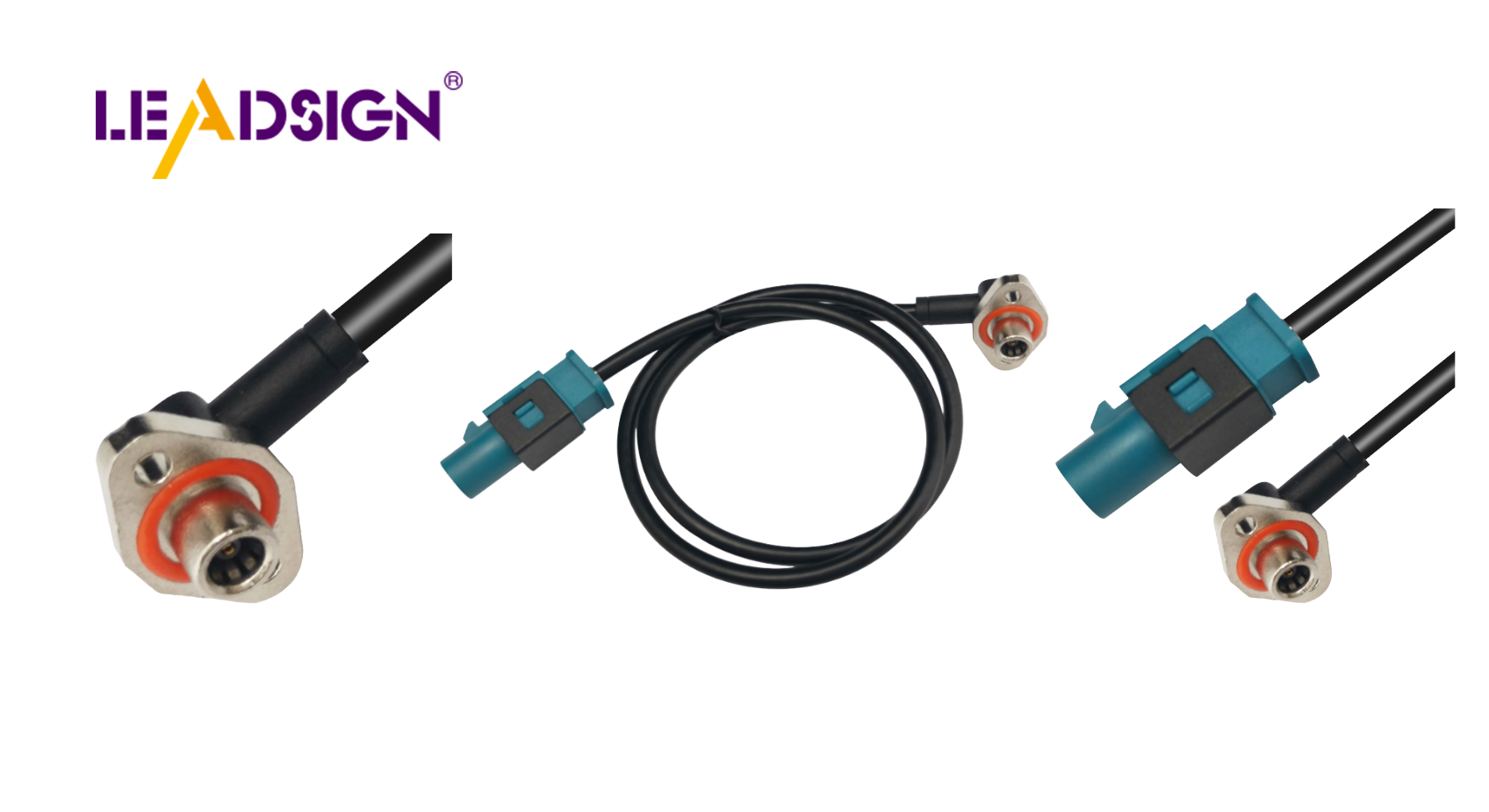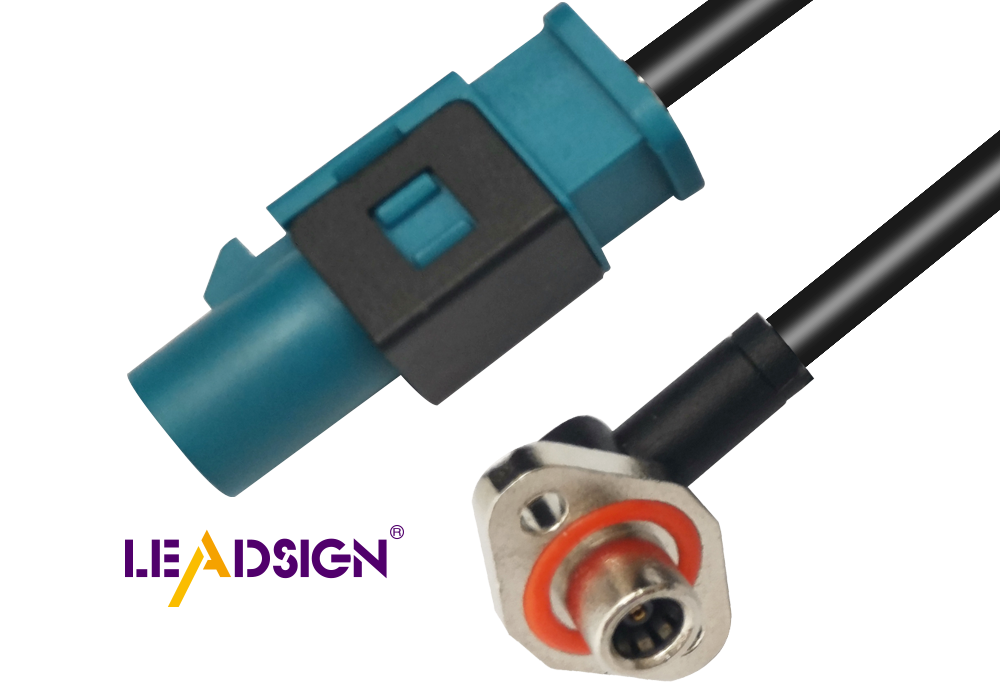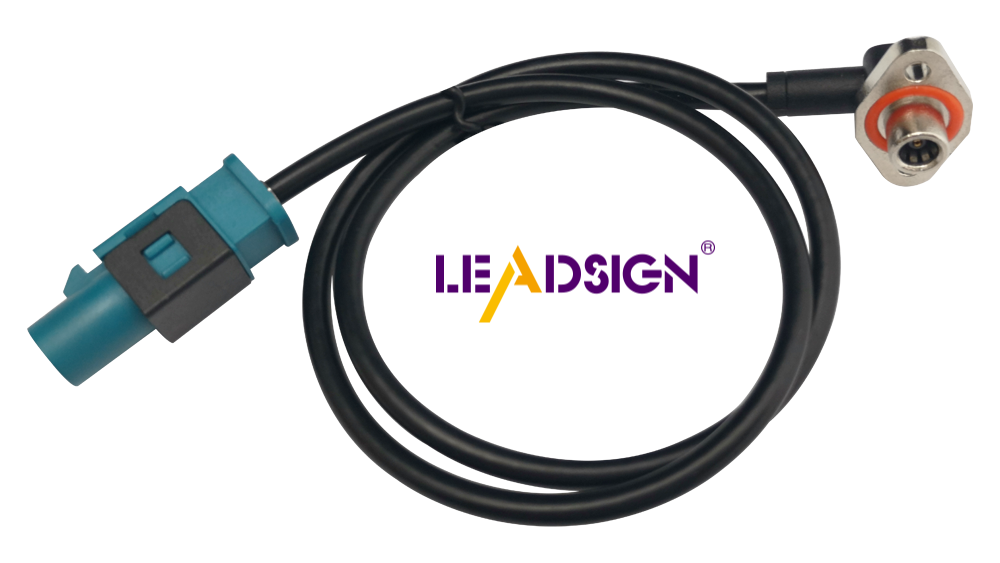Exploring the Importance of Car Wiring Wire in Vehicle Electrical Systems

Car wiring wire is the main part of a car's electrical system. It helps send power and messages between different car parts. The wiring harness is very important for safety and working well. It keeps wires neat and safe, lowering fire risks and keeping connections strong. Good wiring harnesses make cars work better by reducing power loss. This improves how long they last and how well they run. Wiring is even more important now with electric and hybrid cars. These cars need exact power flow and data sharing to work properly.
Key Takeaways
A wiring harness is essential for organizing a car's electrical system, ensuring power and signals flow smoothly between components.
Good wiring harnesses enhance safety by reducing the risk of short circuits and fires, keeping wires secure even in challenging conditions.
Choosing the right wiring harness improves vehicle performance by minimizing power loss, leading to better fuel efficiency and longevity.
Modern cars, especially electric and hybrid models, rely on advanced wiring harnesses for precise power distribution and data communication.
Regularly check for signs of a failing wiring harness, such as flickering lights or burnt smells, to prevent serious electrical issues.
Investing in high-quality materials like copper and protective coverings like PVC or XLPE ensures durability and reliability in your car's wiring.
Professional installation of wiring harnesses is recommended to avoid mistakes that could lead to dangerous electrical problems.
The Role of the Wiring Harness in a Car

What Is a Wiring Harness and How Does It Work?
A wiring harness is a group of wires, connectors, and terminals. It is like the backbone of your car's electrical system. This important part helps power and signals move between car parts. Instead of having messy wires everywhere, the wiring harness keeps them neat and organized. This makes the system work better and look cleaner.
The wiring harness connects the battery to systems like the engine, lights, and radio. It also sends signals so electronic parts can talk to each other. For example, when you turn on the headlights, the wiring harness sends power to light them up right away. This setup makes the car's electrical system easy to use and fix.
Key Functions of the Wiring Harness in Vehicle Systems
The wiring harness does many important jobs to keep your car working. Here are some of its main tasks:
Power Distribution: It sends power from the battery to parts like the engine, air conditioning, and dashboard.
Signal Transmission: It moves signals between sensors, control units, and other electronic parts for smooth communication.
Safety Enhancement: By keeping wires together, it lowers the chance of short circuits or fires.
System Integration: It links systems like the engine, body, and dashboard wiring into one network.
Without a good wiring harness, your car's electrical parts would not work well. This shows how important it is, especially in modern cars that need precise power and signal control.
Systems That Rely on the Wiring Harness in a Car
Many car systems depend on the wiring harness to work properly. These include:
Engine Systems: The engine wiring harness powers the ignition, fuel system, and other key parts.
HVAC Systems: The HVAC wiring harness runs the heating, cooling, and ventilation systems for comfort.
Dashboard Components: The dashboard wiring harness connects the controls, radio, and display to help you manage the car.
Body Systems: The body wiring harness powers things like windows, locks, and lights for safety and ease.
Advanced Features: Modern cars use the wiring harness for sensors, cameras, and tools that check the car's health.
The wiring harness is like the nervous system of your car. It connects all parts so they work together smoothly. As cars get more advanced, the wiring harness becomes even more important.
Better Safety and Dependability
A wiring harness helps keep your car safe. It groups wires together to lower the chance of fires or short circuits. This setup keeps wires secure, even with bumps or shakes. Good wiring harnesses are tested to handle tough conditions, making them strong and reliable.
Modern cars use advanced wiring harnesses for features like sensors and control units. These help with safety tools like automatic brakes and lane-keeping. A well-made wiring harness ensures these safety systems work when needed.
Boosted Car Performance and Efficiency
A car wiring harness improves how your car runs. It reduces power loss, so all parts get the energy they need. This makes your car use fuel better, saving you money over time.
Electric and hybrid cars need special wiring harnesses. These cars require exact power flow and data sharing to work well. A good wiring harness helps them run smoothly and perform better. Smart wiring harnesses and new materials also make cars more efficient and reliable.
Saves Space and Easier to Install
A wiring harness organizes your car's wires and saves space. It bundles wires together, making the layout cleaner and less messy. This is helpful in tight spaces like the engine or dashboard.
The compact design of a wiring harness makes it easier to install. It takes less time and effort to connect parts, helping technicians work faster. This simple setup also makes fixing your car easier, keeping it in great shape.
Using a good wiring harness has many benefits. It improves safety, performance, and saves space. Whether you drive a regular or electric car, a strong wiring harness helps your car work its best.
Long-Lasting and Tough Against Damage
A good wiring harness keeps your car's electrical system working well. Cars face tough conditions like heat, shaking, water, and chemicals. To handle this, makers use strong materials and careful designs. For example, coverings like PVC and XLPE protect wires. XLPE is great for high heat, making it perfect for modern cars.
Strong materials help the wiring harness last longer. They stop damage, even in hard conditions. This lowers the chance of electrical problems, so your car runs smoothly. Well-made harnesses also fight rust from water or chemicals. This keeps them working longer and saves you from replacing them often.
Driving vibrations can loosen wires or cause breaks. A strong wiring harness holds wires tightly in place. This keeps power and signals steady, even on bumpy roads. Special locks in connectors add extra safety, making the harness more reliable.
Buying a strong wiring harness improves your car's performance and cuts repair costs. Using tough materials and smart designs keeps your car's electrical system running well for a long time.
Materials and Design of Car Wiring Wire

The materials and design of car wiring are very important. They help the car's electrical system work well and last long. Using the right materials makes the car safer and stronger in tough conditions.
Common Materials Used in Wiring Wires
Car wires face heat, water, and shaking. Makers use special materials to handle this. Copper is the top choice for wires because it carries power well. It also bends easily and saves energy. For connectors, copper or brass is used since they don’t rust and stay strong. Aluminum is lighter but not as tough.
The covering on wires matters too. PVC and XLPE are common for protection. PVC resists chemicals and scratches, so it’s good for most uses. XLPE handles high heat, making it great for modern cars. Some wires have extra layers for more safety, lasting longer in hard conditions.
How Material Choice Impacts Durability and Performance
Good materials make wires last and work better. Copper wires send power reliably and stop overheating. This helps systems like the engine and dashboard work smoothly. Bad materials wear out fast and cause problems.
Covers like XLPE and PVC keep wires safe from damage. XLPE works well in hot areas like the engine. PVC fights chemicals and water, perfect for body wiring. These covers also keep the HVAC system running for comfort.
Environmental and Safety Considerations in Design
Car wire design also focuses on safety and the environment. Modern wires follow rules to avoid harmful materials, making them eco-friendly.
Safety features include strong covers to stop fires and short circuits. Dashboard wires use special materials to protect screens and controls. Body wires are made to resist water, stopping rust and lasting longer.
Wires are also made smaller and lighter. This saves space and makes cars use less fuel. Better materials help HVAC systems work well in all weather.
Knowing about car wire materials shows how they keep cars safe and efficient. Using good materials means your car’s wires will work well, even in tough times.
Picking the Best Auto Wiring Harness for Your Car
Choosing the right auto wiring harness is very important. It helps your car work well and stay safe. A good harness keeps all electrical parts running smoothly. This lowers the chance of problems. Here’s how to pick the best one.
How to Check Quality and Fit
Look for strong materials and a good fit. Copper wires are great because they carry power well. Covers like PVC or XLPE protect wires and last long. XLPE is perfect for hot areas in modern cars.
Make sure the harness fits your car. Check what type you need, like an engine, body, dashboard, or HVAC wiring harness. Each one has a special job, so matching it to your car is key.
Ask the maker questions like:
What materials are used in the harness?
Are the connectors strong and rust-proof?
Does it meet safety rules?
"Good questions help you find the right product," says a harness maker. This way, you can get the perfect fit for your car.
Signs Your Wiring Harness Needs Help
Watch for signs of a bad harness. These include:
Electrical Problems: Lights flicker, the dashboard acts up, or HVAC stops working.
Burnt Smell or Damage: A burning smell or melted wires means overheating or short circuits.
Power Loss: Sudden power cuts may mean loose or broken wires.
Don’t ignore these signs. A bad harness can hurt important systems like the engine or body parts.
Why You Might Need a Pro to Install It
Installing a harness needs care. If you’re unsure, get a pro to help. Wrong installation can cause big problems or even be dangerous.
Experts connect the harness to all parts, like the engine and dashboard. They also test it to make sure it works right.
For special setups, talk to pros who can customize the harness for your car. This is very important for modern cars with advanced systems.
Picking the right auto wiring harness takes time and care. By following these tips, you can keep your car safe and running well.
A car's wiring harness is very important for electrical work. It links key systems, helping power flow and parts communicate well. Good wiring harnesses make cars work better by lowering power loss. They are strong and last long, even in tough conditions. When choosing a wiring harness, pick one that fits and works well. A good harness keeps your car safe and running smoothly. It improves how your car performs and protects it for a long time.
FAQ
What kinds of wires are used in cars?
Cars use different wires for specific jobs. Examples include body, engine, and dashboard wires. Each type has a special role to keep the car safe and working well. For example, body wires power lights and locks, while engine wires help with starting and fuel systems.
Why do cars need wiring harnesses?
Wiring harnesses connect a car's electrical parts. They help power and signals move between systems like the engine, dashboard, and HVAC. By keeping wires together, they lower the chance of problems and make the car safer. Without them, the car's electrical parts wouldn’t work right.
What do automotive wires do?
Automotive wires send power and signals between important car parts. These include the engine control unit (ECU), sensors, and electronic systems. They help things like engine performance and safety features work smoothly. Without good wires, these systems would fail.
Why should you use good-quality automotive wires?
Good wires keep your car safe and reliable. Bad wires can cause overheating, short circuits, or damage. Using strong materials like copper and covers like PVC or XLPE prevents these problems. This also helps the car's electrical system last longer.
What do sensor wires do in cars?
Sensor wires link sensors to the car's control systems. They send small signals from sensors like speed or temperature sensors. These signals help the car adjust and run smoothly, making it more efficient.
How can you take care of car wiring?
Follow these tips for better wiring:
Use wires made for cars.
Pick copper wires for strength and efficiency.
Use covers like PVC or XLPE for protection.
Shield wires to stop interference and improve performance.
These steps make your car's wiring safer and more reliable.
Why are wiring harnesses and connectors important?
Wiring harnesses and connectors are key to a car's electrical system. They send power and signals to parts like lights and sensors. A good harness makes installation easier, saves space, and improves how the car works.
How can you spot a bad wiring harness?
Watch for these signs of a bad harness:
Flickering lights or dashboard problems.
A burning smell or damaged wires.
Power loss in systems like HVAC or the engine.
Fix these issues quickly to avoid bigger problems.
When should you get help with wiring harness installation?
Installing a wiring harness needs care. If you’re unsure, ask a professional. Experts connect everything correctly and test it. For modern cars, pro help is even more important to avoid mistakes.
How does a wiring harness make cars safer?
A wiring harness keeps wires neat and secure. This lowers the risk of fires, overheating, or short circuits. Good harnesses also have strong covers and locks to keep connections safe, even in tough conditions.
See Also
Boosting Data Transfer: Significance of Fast Automotive Connectors
Significance of HSD Connectors in Automotive Applications
Understanding Advantages of Fakra Connectors in Vehicles
Improving Automotive Data Flow: Next-Gen Connectors and Wires

